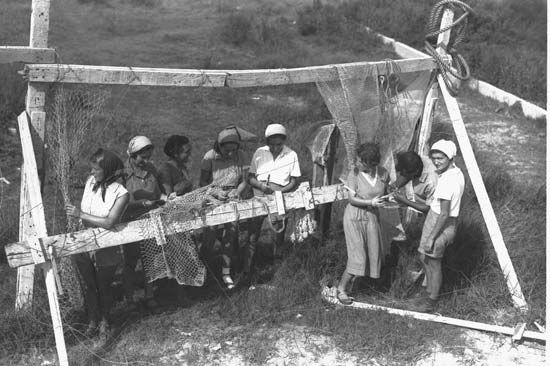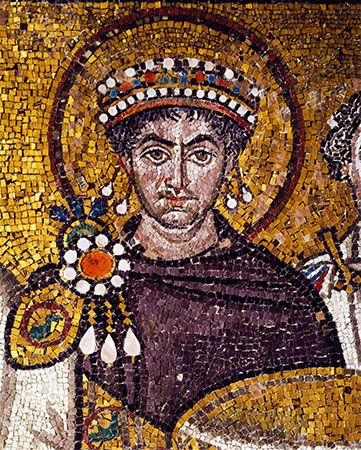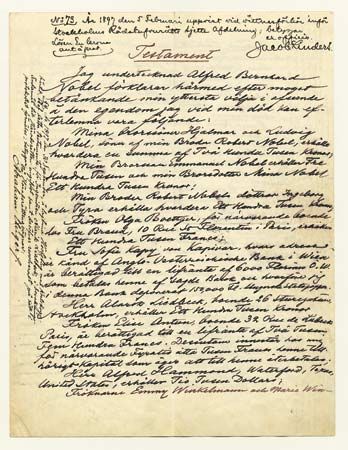inheritance
- Also called:
- succession
- Key People:
- Eduard Gans
News •
inheritance, the devolution of property on an heir or heirs upon the death of the owner. The term inheritance also designates the property itself. In modern society, the process is regulated in minute detail by law. In the civil law of the continental European pattern, the pertinent branch is generally called the law of succession. In Anglo-American common law it was customary to distinguish between descent of real estate and distribution of personal estate. The rules applicable to the two kinds of property have been fused, but no common, overall name is yet universally accepted. In England books dealing with the subject are varyingly titled On Wills, On Probate, On Succession, or On Executors and Administrators. In the United States the term probate law is frequently, although inaccurately, applied to the field as a whole. Following the title of an important statute of the state of New York, another term, law of decedents’ estates, has been gaining ground, as has the law of succession.
Inheritance and property rights
Inheritance and individual ownership of property
Inheritance of property cannot occur unless goods are regarded as belonging to individuals rather than to groups and unless the goods are of such permanence that they continue to exist and to be useful beyond the death of the owner. Among primitive food-gatherers and hunters, it has not been uncommon for such personal belongings as weapons or bowls to be destroyed after the death of the owner in order to protect the survivors from being molested by his spirit. Among the Papua of New Guinea and the Damara (Bergdama) of Namibia, the hut of the dead man was abandoned or burned down so as to ban the magic of the disease of which the owner had died. Among the Herero of southwest Africa, the dead man’s goats were slaughtered and eaten; this custom seems to have been connected with the fear that they were affected by his magic and also with the belief that the spirits of the slaughtered goats would follow the dead owner into the realm of spirits, where he would need them. Belief in providing for the needs of the dead seems to have been the root of the widespread custom of burying with the body or burning victuals, utensils, treasure, slaves, or wives. Tombs have yielded a wealth of evidence of such practices in the cultures of the Stone and Bronze ages as well as in the high civilizations of ancient Egypt and pre-Columbian Mexico. Another way of disposing of a dead man’s effects was to distribute them among remote relatives and friends, as in the case of such American Indian tribes as the Delaware and the Iroquois; distribution of this sort, in the absence of rules of inheritance, could easily lead to quarrels and violence, as frequently happened among the Comanche Indians.
The view of some Marxist writers that common ownership of all goods, or at least of land, was once universal among mankind can be neither proved nor disproved. Group ownership has been widespread but by no means universal among primitive and archaic agriculturalists. It has, indeed, persisted into modern times in India and parts of Africa and Asia, and it played a considerable role in the development of the Teutonic and Slavic peoples of Europe. In Serbia ownership of the land by zadrugas—that is to say, large groups of progeny of a common ancestor—continued into the 20th century. In western Europe the common ownership of pastures and woods, which grew out of the former system of common ownership of the land of a village, can still be found, especially in the Alpine regions of Switzerland and Austria. While in earlier times colonization of new land tended to be carried on by groups—for instance, the German settlement of the regions east of the Elbe in the 10th to 13th centuries—the Europeans who settled in North America, Australia, South Africa, and other parts of the world during the 18th and 19th centuries regarded individual ownership of land as most favourable to efficient use. In the 20th century, socialist ideas, combined with large-scale mechanization, resulted in new forms of land ownership in common: the kolkhozy of the former Soviet Union, the communes of the People’s Republic of China, and the kibbutzim of Israel. Wherever land is held in common, the death of a member of the group results not in inheritance but rather in a rearrangement of duties and of rights of participation in the produce of the land or rights of temporary usage of the land itself.













